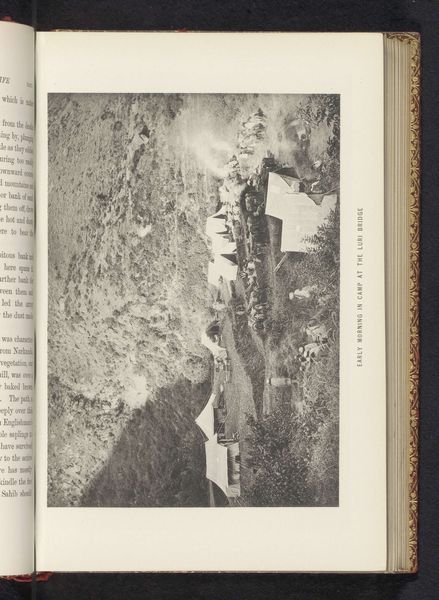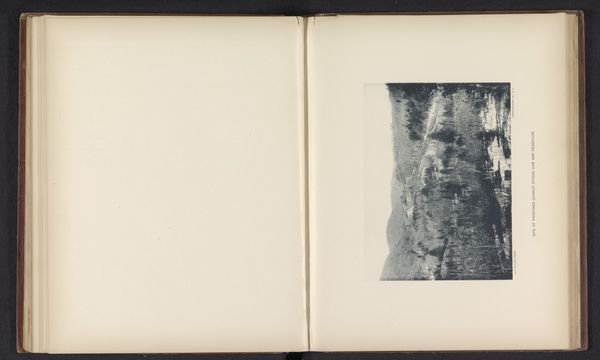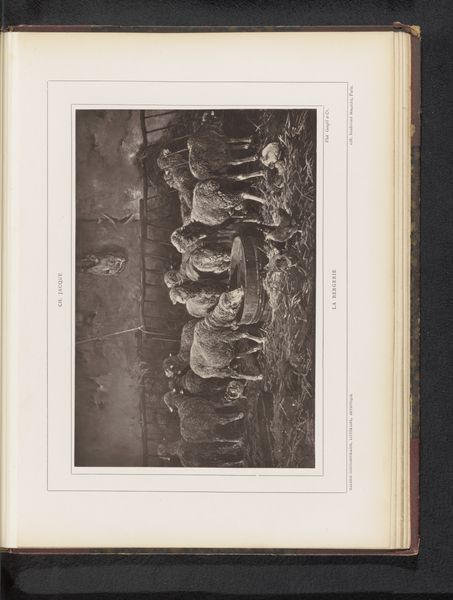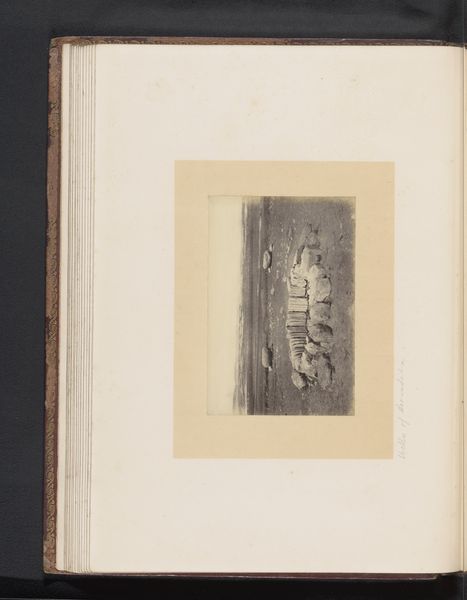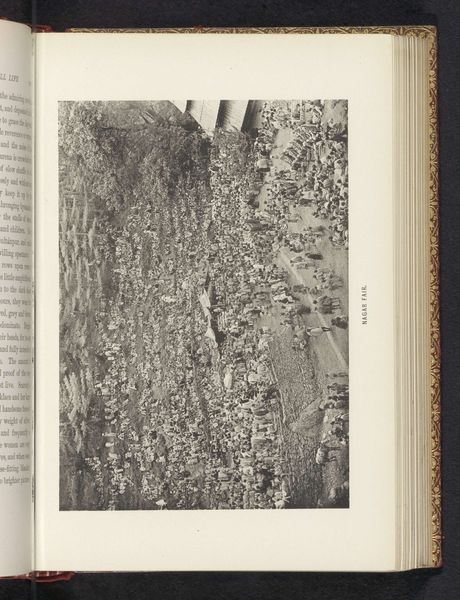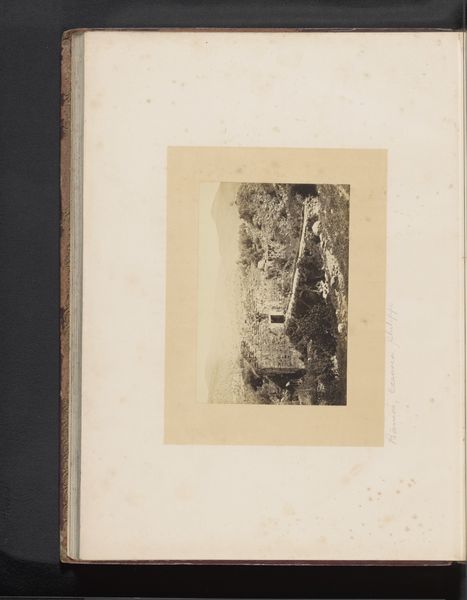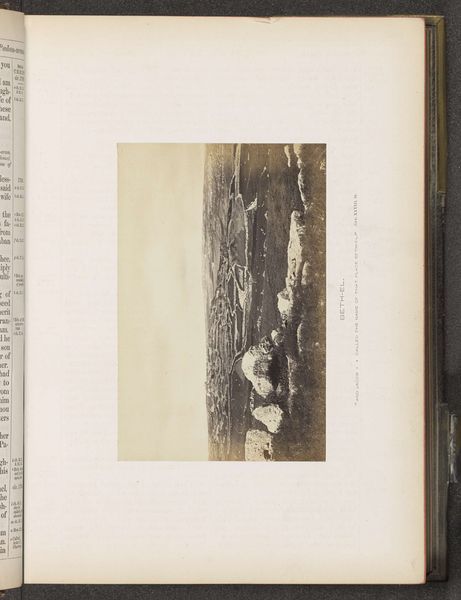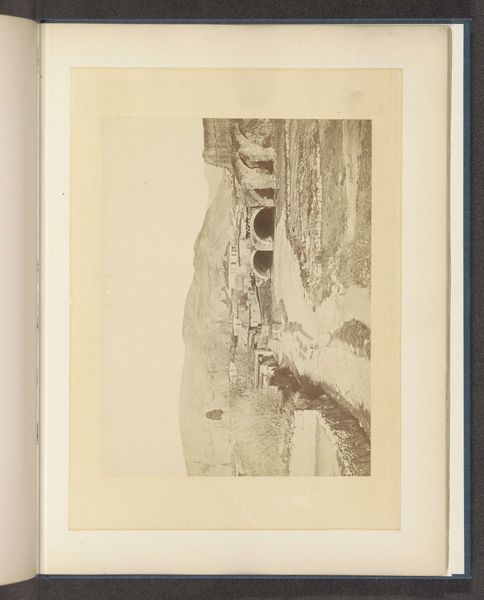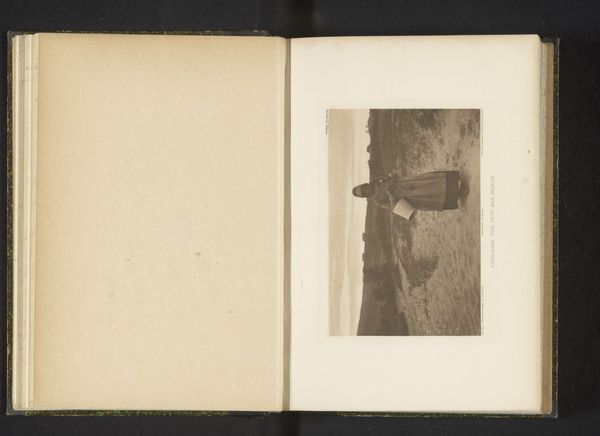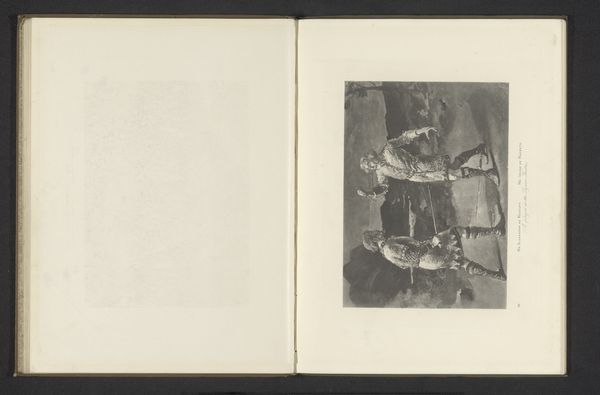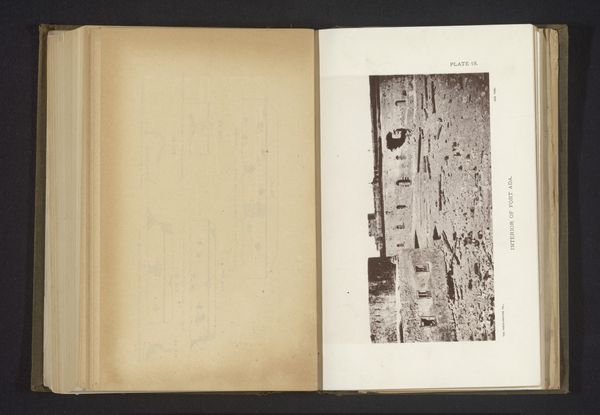
photography, gelatin-silver-print
#
landscape
#
photography
#
coloured pencil
#
gelatin-silver-print
#
realism
Dimensions: height 120 mm, width 168 mm
Copyright: Rijks Museum: Open Domain
Curator: Before us is a gelatin silver print entitled "Picket of the 5th Punjab Cavalry," attributed to Frederick Saint John Gore, taken before 1895. Editor: It's austere, isn't it? The vastness of the landscape dwarfs the figures. The light and shadow are very strong. Makes it appear remote and rather isolated. Curator: That sense of isolation resonates with the colonial context. Consider the role of the British Indian Army, enforcing imperial control in a landscape far from home. The photograph served not just as a document but as a visual representation of power and authority. Editor: True. The linear formation, and how it leads my eye back toward the horizon, provides a glimpse of visual storytelling. What narrative elements are built into the formal arrangement? Curator: Precisely! The image operates within a well-established genre of military portraiture, but it also reveals the dynamics between the colonizers and the colonized. How were these soldiers recruited? What were their experiences within the colonial machine? Editor: Speaking just visually, notice how the photographer uses a restricted tonal palette. The shades of grey underscore the dusty earth; that consistency is its own kind of compositional binding. It lends uniformity to a rugged terrain. Curator: This ties into a broader understanding of photography as a tool of empire, helping construct particular perceptions and public support around colonial enterprises. Images like these shaped the narrative back in Britain. Editor: And the high horizon line does intensify the feeling of exposure; this flatness that almost presses down onto the troopers seems deliberate in its visual language. Curator: Absolutely. Studying the history of imperial photography exposes so many of the strategies employed in legitimizing control. What was shown, and what was omitted? Those silences speak volumes. Editor: Analyzing form and composition reveals choices... but connecting that to your analysis about power structures grants additional and valuable information. I appreciate the chance to interpret not only "what" I am looking at but "why."
Comments
No comments
Be the first to comment and join the conversation on the ultimate creative platform.
